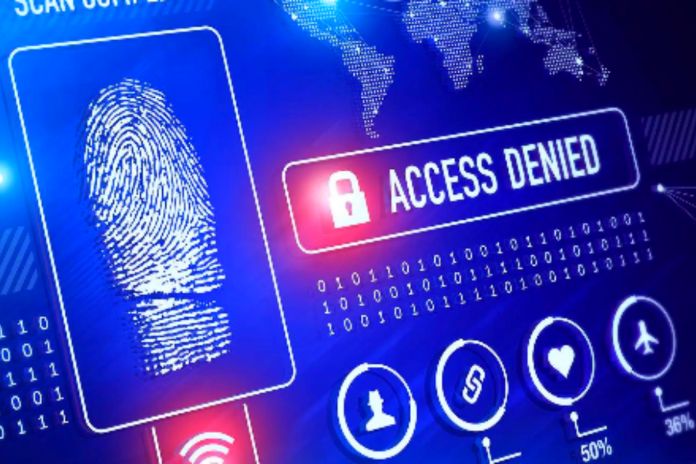When you think of biometrics, the ideas are linked to unlocking cell phones and computers or perhaps authenticating bank transactions at the ATM. However, applications go far beyond practicality for the user and can have much more profound impacts on society.
One of the most traditional uses of biometrics is fingerprint identification, the so-called papilla-scope. Already in use for decades around the world, this science has been taken to new levels of efficiency with the entry of computing to accelerate and streamline its use, taking analytics to levels more than 10x higher. Now, computerized biometrics has entered the age of artificial intelligence and, once again, has taken a leap in efficiency and quality – which brings enormous benefits to the entire population.
The Applied Biometrics
A significant technological advance that made it possible to improve the ability to identify individuals was facial recognition. Now, in addition to recording fingerprints and palms, it is possible to accurately identify features and physiognomies, which helps to recognize people of interest through cameras, including in real-time. Some institutions abroad, such as WIN, already work with security agencies with identification as a service (I-DaaS) models, putting technology at the service of protecting the population. Companies are directly involved in the processing part of WIN, providing identity management systems.
There are already advanced biometric systems capable of supporting public security agencies. In addition to the already traditional uses of fingerprint identification (now computerized and in relational databases, more agile), facial recognition is used consistently today. In combination with conventional papillotomy, recording and face identification technologies form so-called “multibiometric”, in which various metrics are combined to maximize the ability to identify persons of interest.
Multibiometric2 is efficient because natural identification processes inspire it; just as people add different factors (such as visual, auditory, olfactory, etc.) to identify each other, this technology also combines personal elements to ensure maximum understanding in reading and identifying the individual. For organizations such as the Civil and Federal Police, resources such as these are crucial for the success of investigations, identification of suspects and even crime prevention, as they can identify wanted individuals before committing new crimes.
Another highly relevant solution for this group is mobile biometrics. Here, forensic science teams can analyze field elements through remote connections to biometrics databases. This streamlines the identification process and makes investigations more efficient, empowering authorities to build their cases and connecting evidence to suspects more effectively.
The Technologies Of Tomorrow, Today
At the forefront of biometrics innovation, NEC brings advanced solutions that are helping to put this resource at the service of a safer world. See some of the latest additions to the company’s portfolio and how they strengthen law enforcement and crime-fighting entities around the world:
Super Resolution
This solution brings a database of vehicle license plates, which parameterized all the characters present in this item and, with the aid of artificial intelligence, performs pixel-by-pixel analysis of vehicle images, which allows the identification of license plates even in situations where there is no there is readability. This helps identify vehicles undocumented or involved in criminal incidents with high accuracy, even based on previously unusable imagery. Built with artificial intelligence algorithms for identification with maximum effectiveness and is dedicated to facial recognition.
In addition to these, there are still other solutions, such as the Watch and its variants for intelligent cities and the financial market, as well as innovative solutions for points of sale (POS) with facial recognition, generating a unique and personalized shopping experience. This variety of applications and purposes shows how practical biometrics can bring agility, security, and accuracy to critical sectors that impact the entire society.












